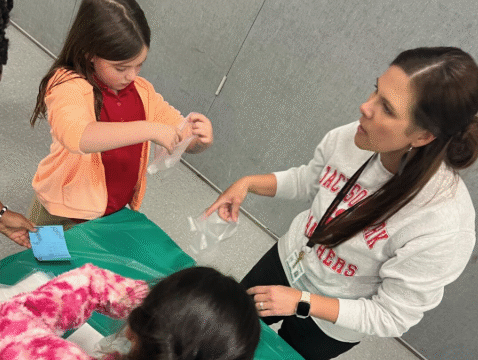A thriving school environment is built on a shared belief in continuous learning—for both students and staff. Educational leaders who actively promote a culture of learning inspire curiosity, support professional growth, and create a setting where innovation and reflection are part of everyday practice. This culture doesn’t happen by chance—it grows through intentional actions, strategic communication, and visionary leadership.
Define and Communicate a Shared Learning Vision
Leadership begins with clarity. School leaders must clearly articulate a vision that prioritizes learning, growth, and improvement. This vision should be rooted in the school’s core values and guide all decisions—from curriculum development to team collaboration. When staff and students see learning as the central purpose of the school, motivation and engagement naturally increase.
Model Lifelong Learning
Leaders who embody the values of curiosity, adaptability, and reflection set a powerful example. Whether attending professional development, reading current research, or reflecting on their own practices, leaders who demonstrate ongoing learning encourage others to do the same. Modeling vulnerability and a willingness to grow promotes trust and authenticity.
Support Professional Development Opportunities
Ongoing learning for staff is essential to school improvement. Leaders can provide high-quality, relevant professional development aligned with school goals. This includes workshops, peer coaching, learning communities, and online courses. Offering time and resources for staff to engage in learning shows that their growth is a priority.
Encourage Collaboration and Shared Learning
Collaboration is a cornerstone of a strong learning culture. School leaders can create structures that encourage teachers to share ideas, plan together, and reflect on instructional practices. Facilitating cross-grade teams, co-teaching experiences, and professional learning communities helps build collective knowledge and a sense of shared purpose.
Create a Safe Environment for Risk-Taking
Learning involves trying new things—and sometimes failing. Leaders must cultivate an environment where experimentation is supported, and mistakes are seen as part of the process. Encouraging innovation and celebrating lessons learned from setbacks builds resilience and encourages staff and students to step outside their comfort zones.
Use Data to Inform and Inspire
Effective use of data helps leaders identify areas for growth and celebrate progress. Sharing meaningful data with staff—such as student engagement, learning outcomes, or feedback trends—can spark productive dialogue and support goal-setting. When used constructively, data becomes a tool for improvement rather than judgment.
Recognize and Celebrate Learning
Acknowledging growth and learning reinforces the value of continued effort. School leaders can highlight progress during staff meetings, showcase student work, or recognize teachers who apply new strategies. Public celebrations create a positive tone and help sustain momentum.
Final Thoughts
Promoting a culture of learning through leadership is about more than professional development—it’s about building an environment where curiosity, growth, and reflection are woven into the fabric of the school. When leaders prioritize learning for all, schools become dynamic communities where everyone is encouraged to reach their full potential.





